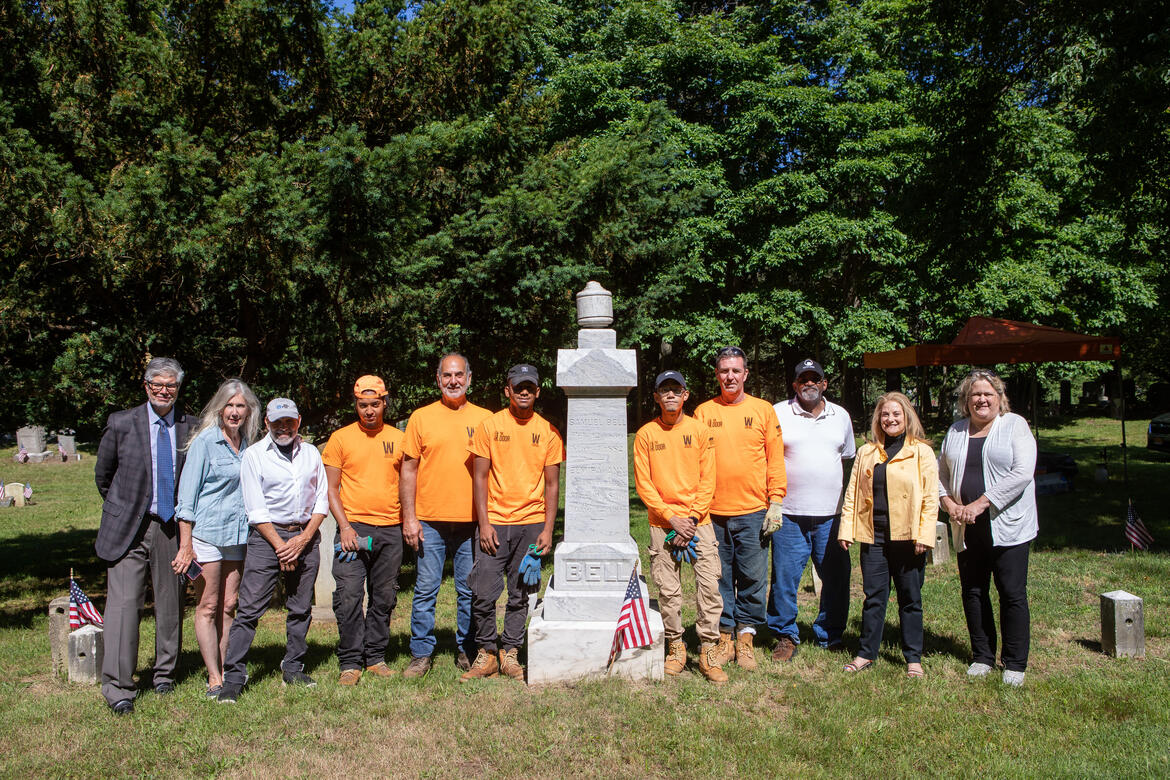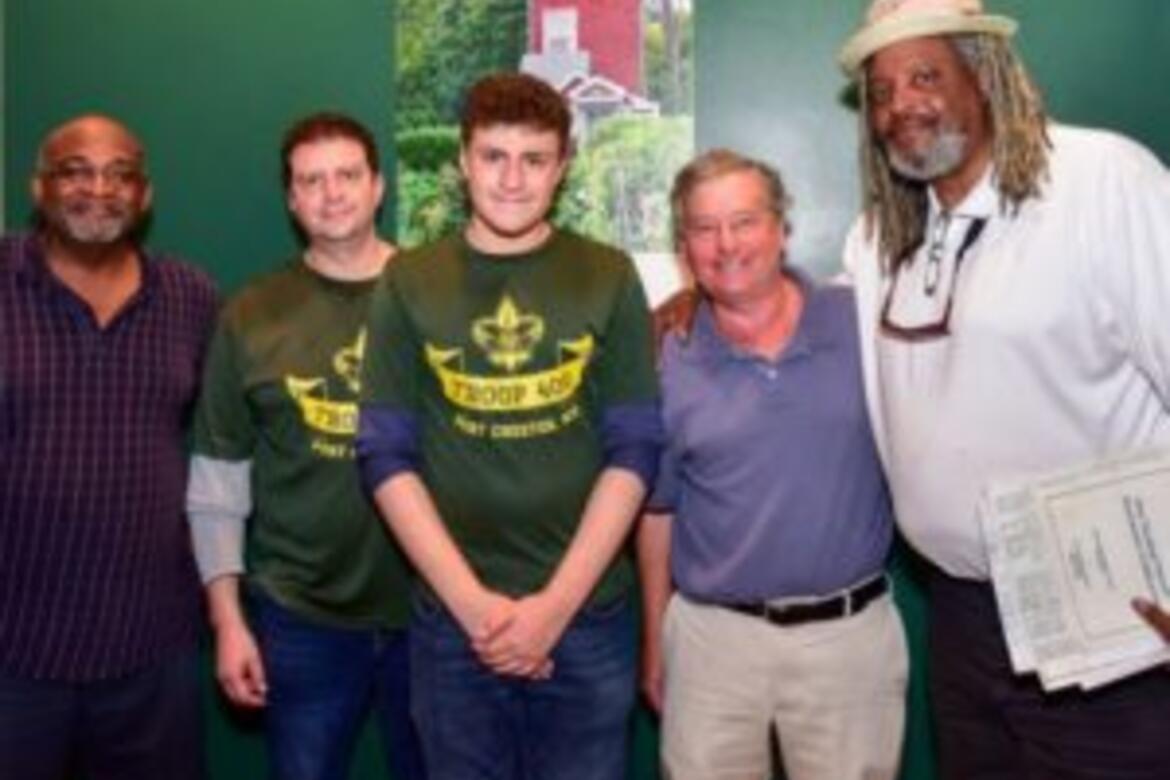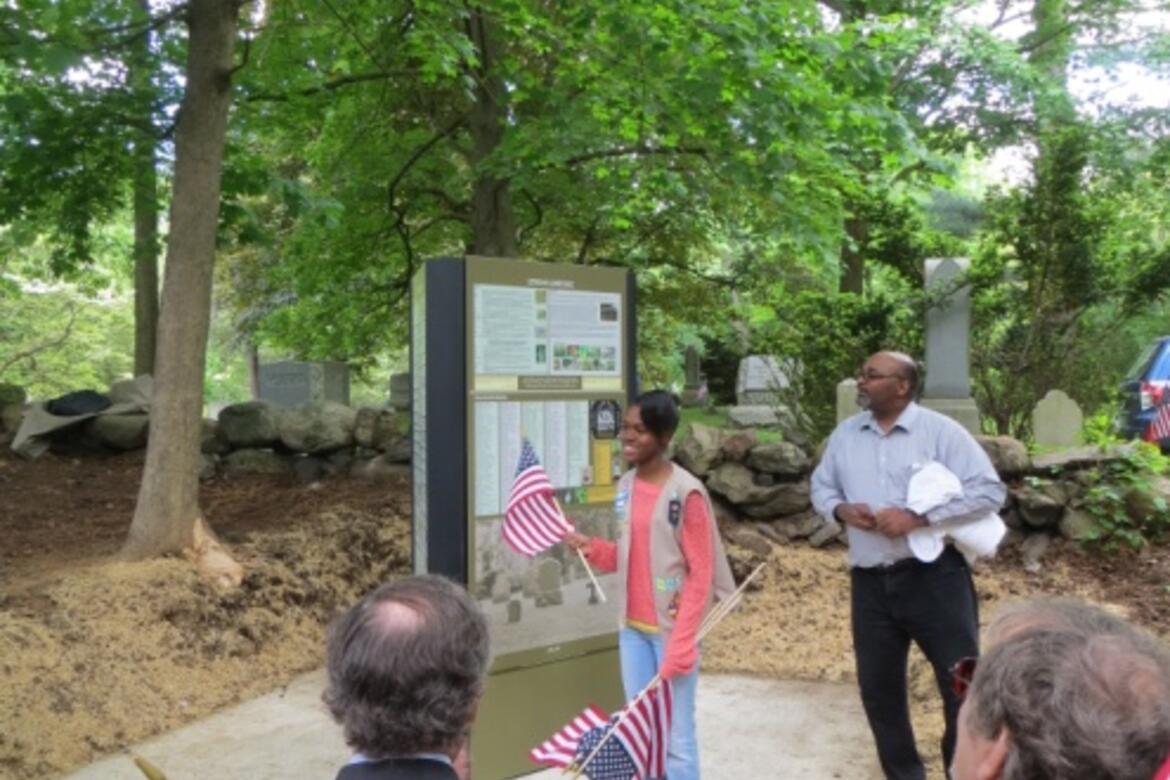Bringing History to Life at the African-American Cemetery in Rye, NY
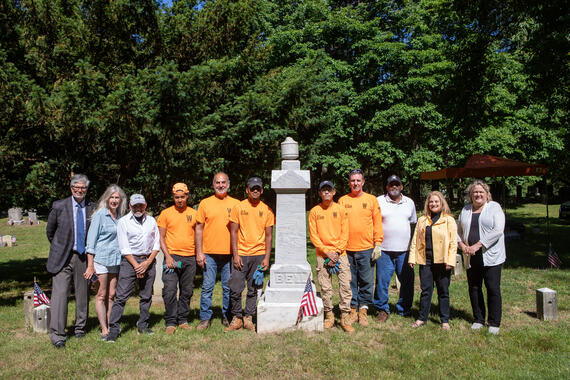
In this guest blog post, Friends of the African-American Cemetery in Rye President Dave Thomas explores the significance of the Rye African-American Cemetery, the importance of its preservation, and the potential of programs like B2CC to revive history.
*****
Sometime in 2010, I attended a meeting of local residents who were brought together to find our commonalities as opposed to our differences. Building Community Bridges was created in response to Voting Rights abuses perpetrated in Port Chester, NY. To open these meeting, Joe Carvin, then Rye Town Supervisor and founder asked all present to give a short talk on their heritage and family. During one of these talks, then Vice President of the Port Chester/Rye NAACP, Tom Kissner, mentioned a segregated African American cemetery located in Rye, NY and that a member, Doris Bailey-Reavis, was a descendent of several people interred at the site. I was not from Port Chester my wife and I moved there in 1989. I was born and raised in Westchester and was very familiar with Rye, home to the historic Rye Playland. Rye is a very wealthy community. I had trouble believing there was a segregated cemetery there.
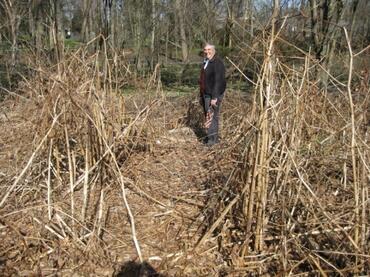
Soon after this discussion, I visited the site and was instantly intrigued and wanted to know more about why it was there and who was buried there. Since Mr. Carvin was Rye Town Supervisor, and the Town actually owned the site, he was excited to support the effort. We immediately looked to improve the site by stepping up maintenance. Soon, the grass was mowed regularly and the perimeter of four foot high bamboo was removed to reveal more headstones.
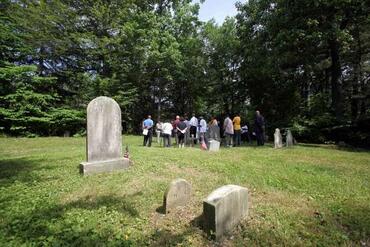
The next step was to honor those buried at the site. Each year, we celebrated Memorial Day and Veteran’s Day. There are fifteen Civil War Veterans, one Spanish American War Veteran, five World War I Veterans and two World War II Veterans that we know of. Each time we met at the site, another descendant would approach me with new information. It was these descendants, town employees and local officials, who were the first Friends of the African American Cemetery.
Each year, I try to present research on those at this burial ground. The stories of everyday people and families, their lives and their deaths, what they meant to our community and the organizations they belonged to. Each ceremony yielded another descendant or story that has added to my archive. As a result, I now have a better picture of what life was like in the town for African Americans. Over the years, we have discovered stories of wealth, poverty, disease, honor, sacrifice, love and family. Many of those interred belonged to local churches, namely the Barry Avenue AME Zion Church in Mamaroneck and the Saint Frances AME Zion Church in Port Chester. The founder of Barry Avenue, Robert Purdy his wife and two of his children are interred at the site. Their descendants, Robinette Robinson and Surya Peterson, are current Friends. Through the years, they have provided stories and histories of other ancestors buried at the African American Cemetery.
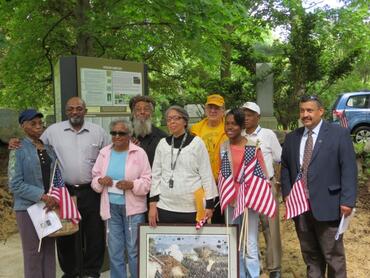
The goal of the Friends is to preserve the site, research the lives of those buried, and promote the educational value of the site. Over the years, several scouting projects have improved each aspect of our goal. Daniel Vitagliano’s Eagle Scout project and Anna-Kay Smickle’s Silver Star project have documented the names and stories of some of the people. Brendan Ramos’ Eagle Star project cleaned every headstone at the site. Each project has contributed to both new knowledge and maintenance.
Recently, Suzanne Clary of the Jay Heritage Center, a long time member of the Friends put me in touch the World Monument Fund’s Frank Sanchis. Frank was interested in bringing the Bridge to Crafts Careers (B2CC) program to the site. Together with the Friends, the Town and the Jay Heritage Center, the interns have restored over forty headstones to their upright positions. We originally planned for the crew to work the entire week. In just three days they accomplished more than I had hoped. Headstones have been repaired leveled and aligned. The work they accomplished is astounding. The B2CC program is more than just an internship. These young people are committed to a brighter future, a well-paying profession, and something to point to and state with pride that they have brought history to life. We hope to promote the work of the Bridge to Crafts Careers program to work with other burial sites in the area.

